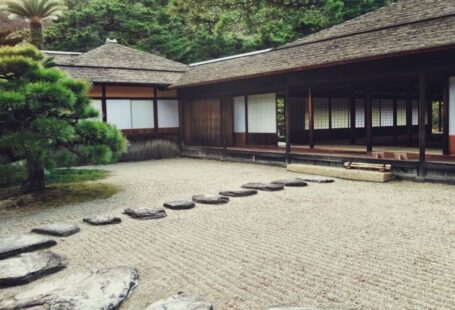Creating the perfect ambiance in a multi-level living room is all about layering lighting effectively. By strategically incorporating different types of lighting fixtures at various heights, you can achieve a warm, inviting atmosphere that is both functional and aesthetically pleasing. In this article, we will explore how to expertly layer lighting in a multi-level living room to enhance the space’s overall ambiance.
**Understanding the Importance of Layered Lighting**
Layered lighting is essential in any space, but particularly in a multi-level living room where different activities take place simultaneously. By combining ambient, task, and accent lighting, you can create depth and dimension, and set the mood for various occasions. Each layer of lighting serves a specific purpose, working together harmoniously to illuminate the room effectively.
**Ambient Lighting for General Illumination**
Ambient lighting, also known as general lighting, is the foundational layer that provides overall illumination to the room. In a multi-level living room, ambient lighting can come from ceiling fixtures such as chandeliers, pendant lights, or recessed lighting. The goal is to evenly distribute light throughout the space, ensuring that every corner is adequately illuminated. Consider the size and height of your living room when selecting ambient lighting fixtures to achieve the right balance.
**Task Lighting for Functionality**
Task lighting is essential for performing specific activities such as reading, working, or cooking. In a multi-level living room, task lighting can be achieved through table lamps, floor lamps, or adjustable wall sconces. Place task lighting fixtures near seating areas, workspaces, or over tables to provide focused illumination where needed. By incorporating task lighting, you can enhance functionality in your living room while adding a layer of visual interest.
**Accent Lighting for Visual Appeal**
Accent lighting is the final layer that adds depth and highlights architectural features, artwork, or décor elements in the room. In a multi-level living room, accent lighting can be achieved through wall washers, track lighting, or picture lights. Use accent lighting strategically to draw attention to specific areas or objects, creating visual focal points that elevate the room’s overall ambiance. By playing with light and shadow, accent lighting adds drama and sophistication to your living space.
**Mixing Light Fixtures for a Balanced Look**
To achieve a cohesive and balanced lighting design in a multi-level living room, it’s essential to mix different types of light fixtures. Combining overhead lighting with floor lamps, wall sconces, and decorative fixtures creates a dynamic interplay of light and shadow, adding depth and interest to the room. Experiment with various fixture styles, sizes, and finishes to create a layered lighting scheme that suits your personal taste and complements your décor.
**Dimmers for Versatility**
Installing dimmer switches is a simple yet effective way to enhance the ambiance in a multi-level living room. Dimmers allow you to adjust the brightness of your lighting fixtures, giving you control over the mood and atmosphere of the space. By dimming or brightening different layers of lighting, you can create a variety of settings for different activities or times of day. Dimmers also help conserve energy and extend the lifespan of your light bulbs.
**Conclusion: Elevate Your Living Room Ambiance with Layered Lighting**
In conclusion, layering lighting in a multi-level living room is a strategic approach that enhances both the functionality and aesthetics of the space. By incorporating ambient, task, and accent lighting, mixing different types of fixtures, and using dimmers for versatility, you can create a warm, inviting atmosphere that caters to your lifestyle and design preferences. Experiment with various lighting techniques to find the perfect balance that elevates your living room ambiance to new heights.





